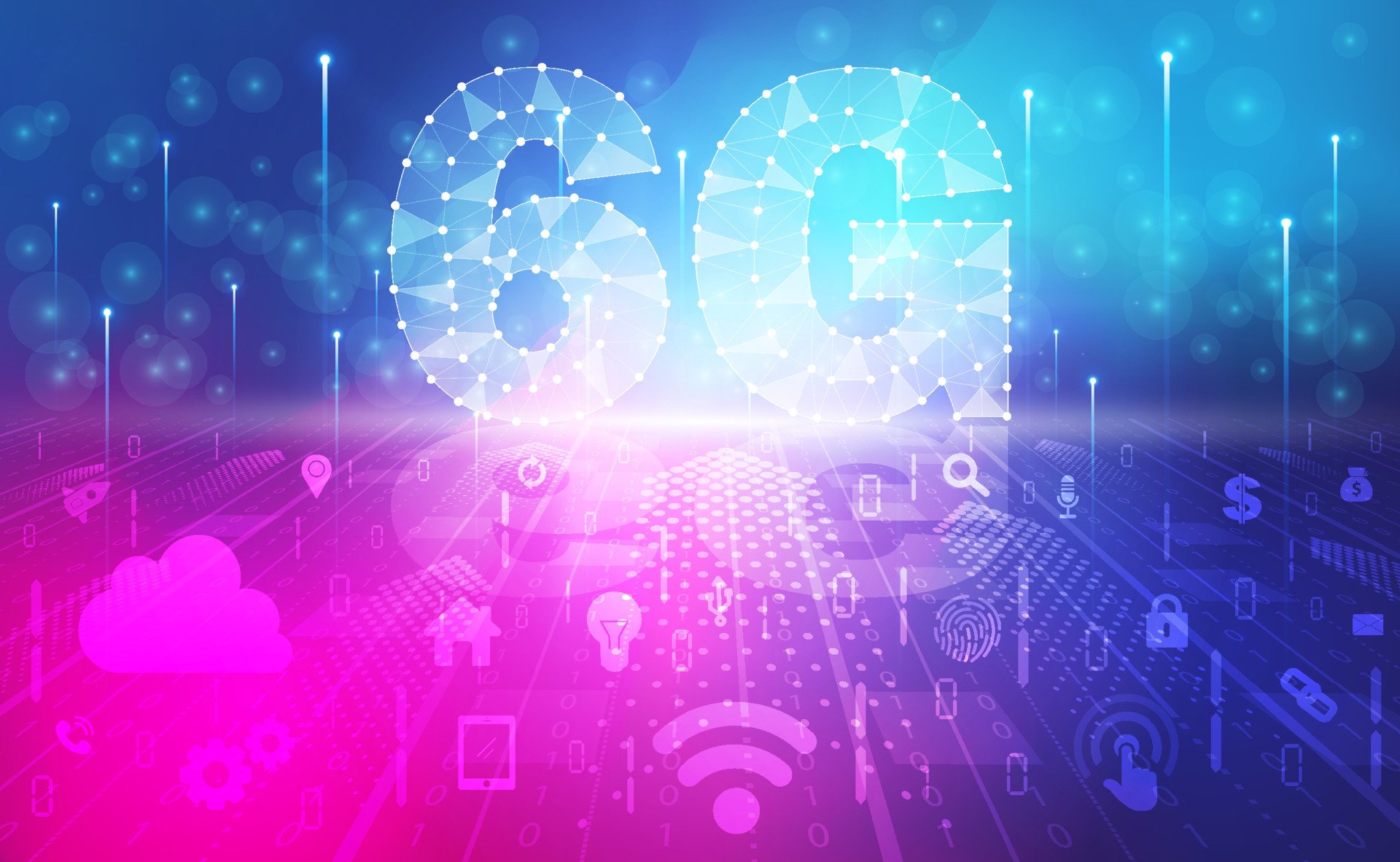The Role of LiFi in 6G - Li-Fi Conference 2023 Presentation
Image credit to Phongsak on Vecteezy
On Standardisation of LiFi and Beyond
Today, we will look at the presentation titled “The Role of LiFi in 6G”. This was delivered by Harald Haas, Distinguished Professor of Mobile Communications, University of Strathclyde / Glasgow, and Visiting Professor, University of Edinburgh.
You can watch the full presentation on the following link:
Here is a summary of the key points from Prof. Harald Haas's presentation:
LiFi/optical wireless is key for 6G in enabling immersive extended reality, digital twins, autonomous systems.
Need to replicate human senses, nervous system, computing and actuators in technical systems.
LiFi ideal for nervous system connectivity due to security. Can replace cables in robots, VR/AR, satellites.
Four main capabilities needed - capacity, net zero impact, availability, security.
LiFi's high spectrum can provide immense capacity needed for holographic 6G applications.
VCSELs offer high power efficiency and beam steering for densification.
Renewable energy integration crucial to reduce carbon footprint along with efficiency.
Demonstrated solar panel receiving 1Gbps LiFi signal. Enables energy harvesting.
LiFi suits long range aerial/satellite links. Can provide rural broadband.
Showed LiFi providing off-grid connectivity over miles to Scottish islands.
LiFi offers location-specific secure connections resistant to eavesdropping.
Convergence of communications, computing, sensing is enabling autonomous systems, digital twins, cyber-physical systems.
Robots, drones, cobots will transform environments. Digital twins create virtual models.
Rich sensing capabilities and reliability are new 6G requirements that LiFi enables.
Immersive extended reality requires massive capacity - 1 Tbps cited for holographic display.
300 THz spectrum in optics compared to 100s of GHz in RF is key advantage.
Directed optical beams offer location-specific densification unlike RF cells.
LiFi access point designs outlined with 225 beam steerable grid covering room at low power.
Power usage of ICT growing 5% yearly despite efficiency gains due to more demand - Jevons paradox.
Renewable energy integration directly into LiFi networks reduces emissions unlike just efficiency gains.
Technical challenges exist in balancing energy harvesting vs data rates in solar cells.
Gallium arsenide cells shown to provide 1Gbps optical wireless transmission along with energy harvesting.
Satellite-aerial-ground mesh networks require reliable 20Gbps+ links where LiFi suits better than RF.
Inter-satellite links also benefit from LiFi's resilience to Doppler effects.
Low cost deployment on existing structures enabled by avoiding beam alignment complexity.
Security layered into network architecture through directed optical beams resistant to eavesdropping.
LiFi is pivotal for 6G vision across capacity, efficiency, coverage and security. It matches unique connectivity needs of extended reality, robotics, satellites etc…


